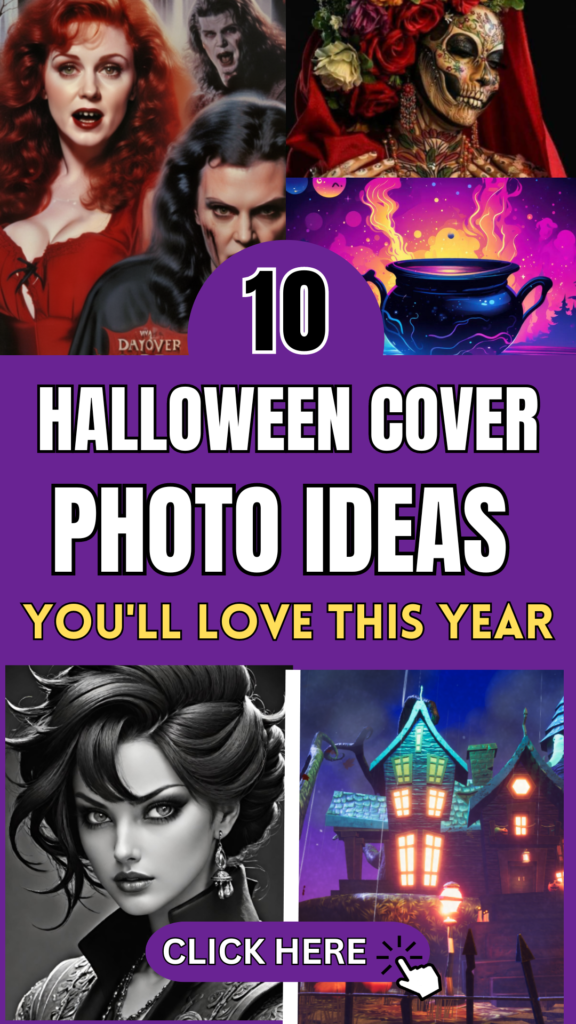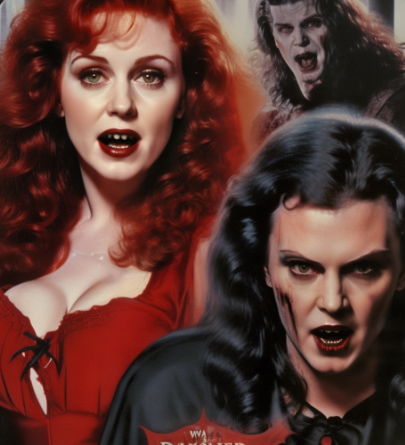Enchanting Halloween Art: Top Watercolor Techniques for Spooky and Magical Designs
Halloween is a perfect time to explore creative expressions, and watercolor painting offers a unique way to capture the spooky spirit of the season. Whether you’re crafting hauntingly beautiful designs or whimsical ghostly scenes, watercolor techniques can add a touch of magic to your Halloween art. Here are the top watercolor techniques to create stunning Halloween designs that will impress and enchant.
1. Wet-on-Wet Technique

The wet-on-wet technique involves applying water to your paper before adding watercolor. This technique lets the colors merge effortlessly, producing gentle, ethereal effects ideal for Halloween backgrounds.Use this technique to paint eerie, foggy scenes or dreamy night skies. Simply wet your paper, then drop in your chosen colors and let them flow together.
2. Dry Brush Technique
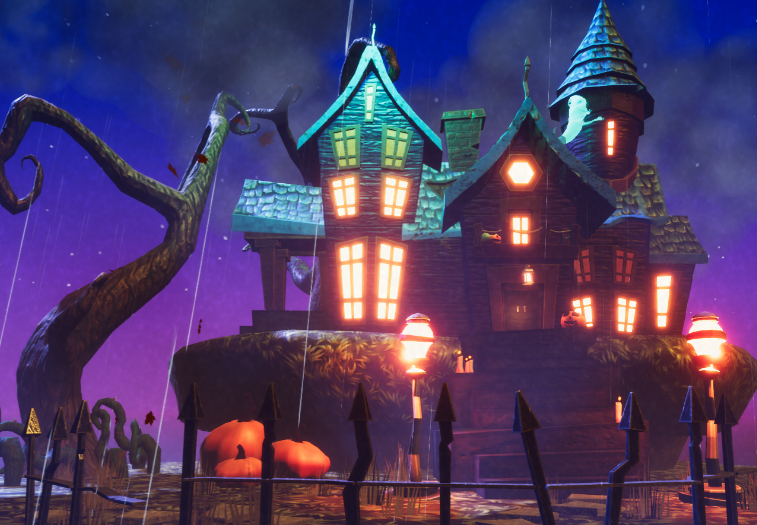
The dry brush technique uses a dry brush to apply pigment, resulting in textured, expressive strokes. This method is ideal for creating intricate details such as creepy cobwebs or textured ghostly figures. Lightly drag a dry brush loaded with paint across your paper for a scratchy, textured effect that adds depth to your Halloween designs.
3. Blending and Gradients

Blending and gradients involve transitioning smoothly from one color to another. This technique is excellent for creating atmospheric effects like twilight skies or fading fog. Apply a gradient wash by blending one color into another while the paint is still wet. This will give your Halloween scenes a dramatic and haunting quality.
4. Salt Technique
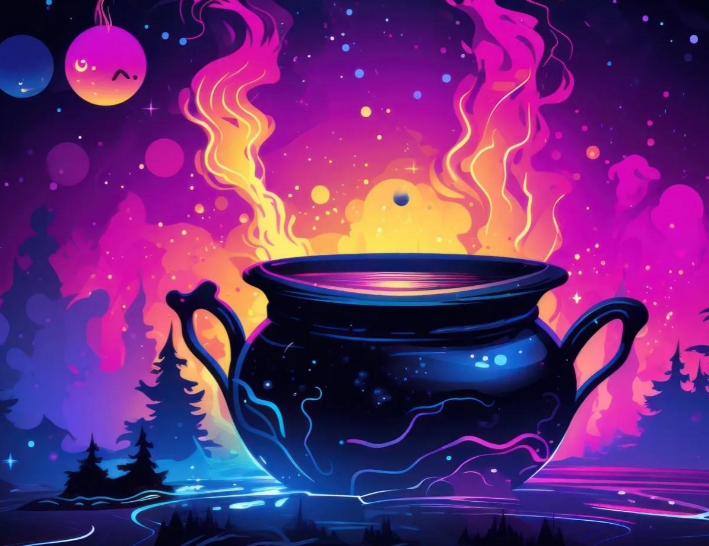
The salt technique adds a unique texture to your watercolor paintingsWhile the paint is still damp, sprinkle salt over the surface. As the salt absorbs the water and pigment, it creates interesting, irregular textures that resemble spooky, starry skies or eerie ground textures. This technique is perfect for adding an extra layer of intrigue to your Halloween designs.
5. Masking Fluid
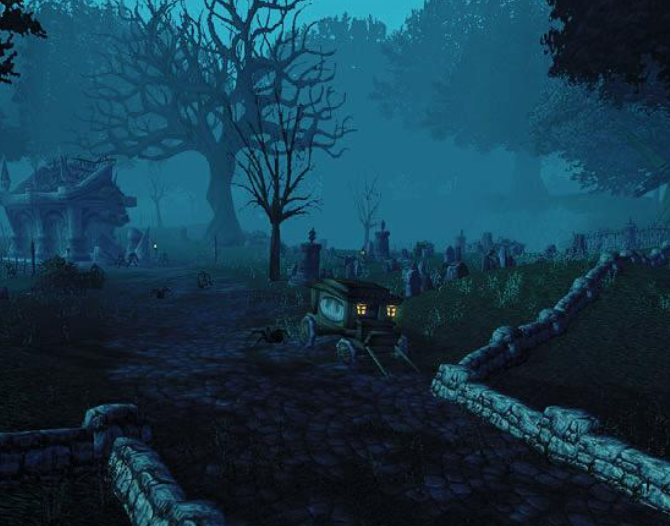
Masking fluid helps you preserve white areas in your watercolor painting. Apply masking fluid to areas you want to keep white or unpainted, such as glowing pumpkin faces or spectral highlights. Once the paint is dry, remove the masking fluid to reveal crisp, clean lines. This technique ensures that important details remain bright and defined.
6. Layering and Glazing
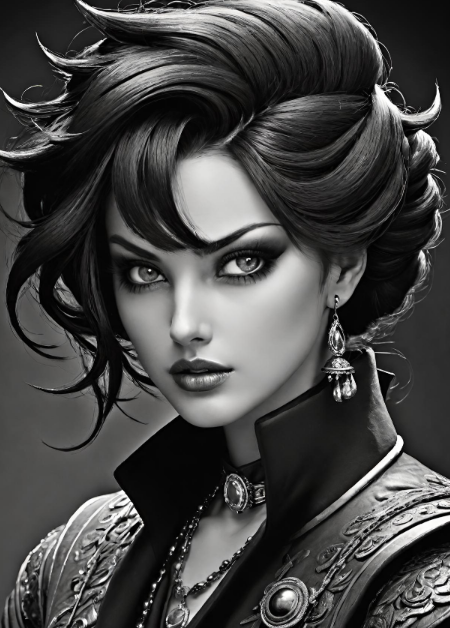
Layering and glazing involve applying multiple layers of translucent paint to build depth and richness. This technique is useful for creating complex, layered effects like spooky, shadowy figures or deep, haunted landscapes. Allow each layer to dry before adding the next to achieve a rich, multi-dimensional look.
7. Sponging Technique
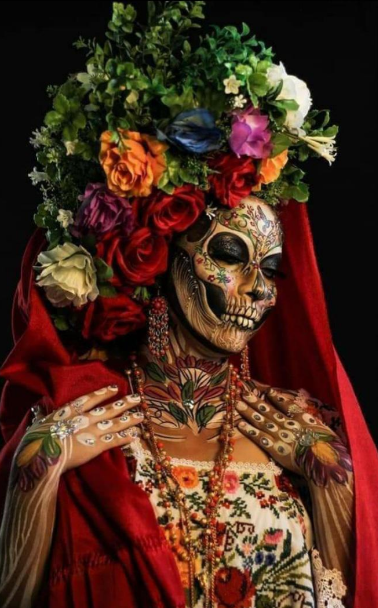
The sponging technique uses a sponge to apply paint, creating textured, uneven effects. This method is ideal for painting eerie textures like rough, cobweb-covered walls or ghostly mist. Dip a sponge into your paint and gently dab it onto your paper to create a textured, atmospheric effect that enhances the Halloween mood.
8. Splattering Technique
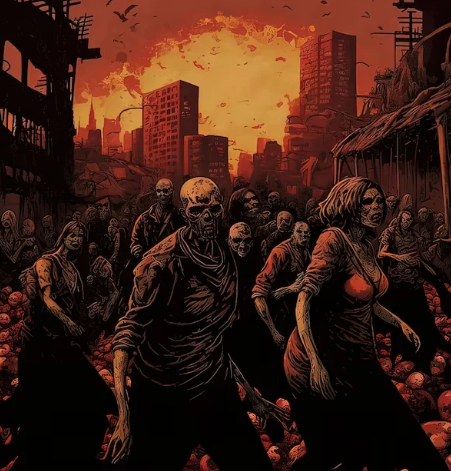
Splattering involves flicking or spattering paint onto your paper to create random, spontaneous effects. This technique is great for adding details like flying bats, falling leaves, or spooky stars. Use a brush or toothbrush to flick paint onto your paper, creating a dynamic, lively effect that adds energy and movement to your Halloween artwork.
9. Color Lifting
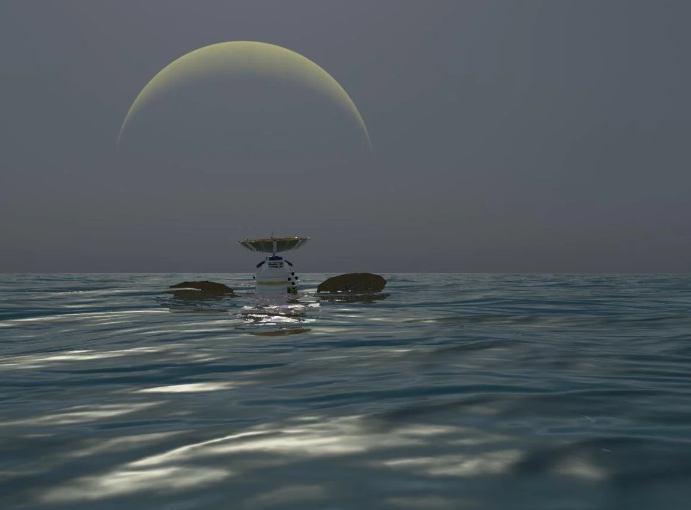
Color lifting allows you to remove or lighten paint from your paper. This technique is useful for creating highlights, correcting mistakes, or adding ghostly effects. Use a damp brush or sponge to gently lift paint from your paper, revealing lighter areas or creating ethereal highlights in your Halloween designs.
10. Splatter and Drip Effects
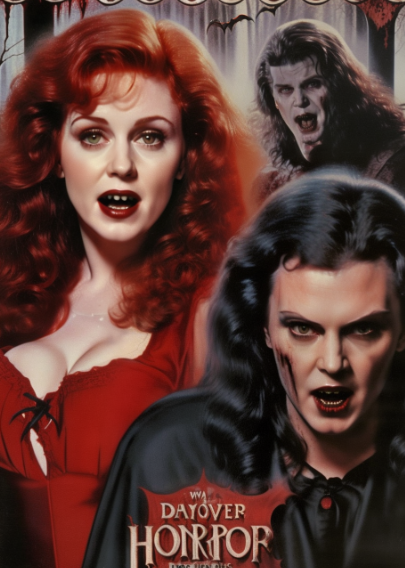
Splatter and drip effects create dramatic, unpredictable patterns that can enhance your Halloween designs. Allow paint to drip or splatter across your paper to create eerie, chaotic effects that mimic ghostly apparitions or spooky atmospheric elements. This technique adds an element of randomness and excitement to your artwork.
11. Use of Metallics and Glitters
Adding metallics and glitters can make your Halloween designs shine. Use metallic watercolors or add glitter to create glowing effects, like moonlit skies or sparkling witch’s potions. Apply metallic paint sparingly for highlights and accents to enhance the mystical and magical aspects of your Halloween artwork.
Conclusion
Watercolor techniques offer a versatile and enchanting way to bring your Halloween designs to life. From soft, ghostly blends to textured, spooky effects, these techniques can help you create artwork that captures the spirit of the season. Embrace these methods to add a touch of magic and artistry to your Halloween celebrations. Happy painting!
